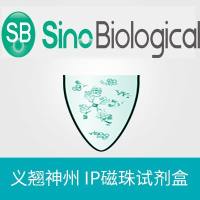Cell Engineering with Synthetic Messenger RNA
互联网
488
mRNA has become an important alternative to DNA as a tool for cell reprogramming. To be expressed, exogenous DNA must be transmitted through the cell cytoplasm and placed into the nucleus. In contrast, exogenous mRNA simply has to be delivered into the cytoplasm. This can result in a highly uniform transfection of the whole population of cells, an advantage that has not been observed with DNA transfer. The use of mRNA, instead of DNA, in medical applications increases protocol safety by abolishing the risk of transgene insertion into host genomes. In this chapter, we review the aspects of mRNA structure and function that are important for its “transgenic” behavior, such as the composition of mRNA molecules and complexes with RNA binding proteins, localization of mRNA in cytoplasmic compartments, translation, and the duration of mRNA expression. In immunotherapy, mRNA is employed in reprogramming of antigen presenting cells (vaccination) and cytolytic lymphocytes. Other applications include generation of induced pluripotent stem (iPS) cells, and genome engineering with modularly assembled nucleases. The most investigated applications of mRNA technology are also reviewed here.









